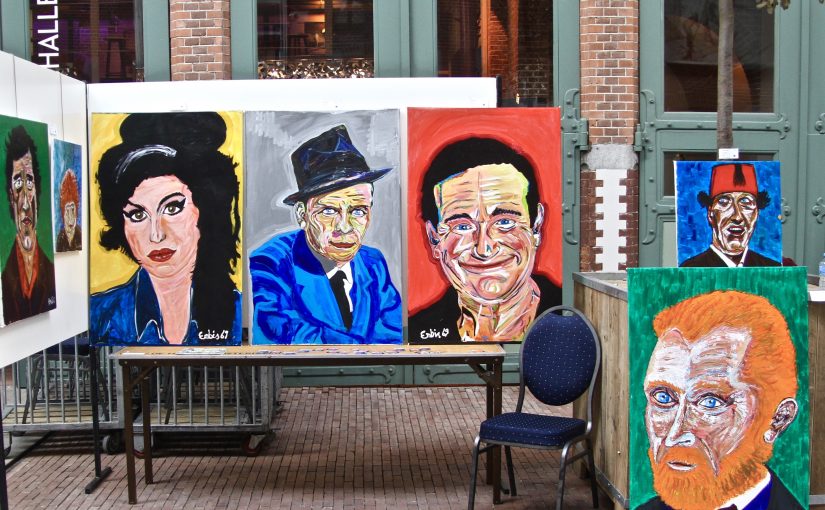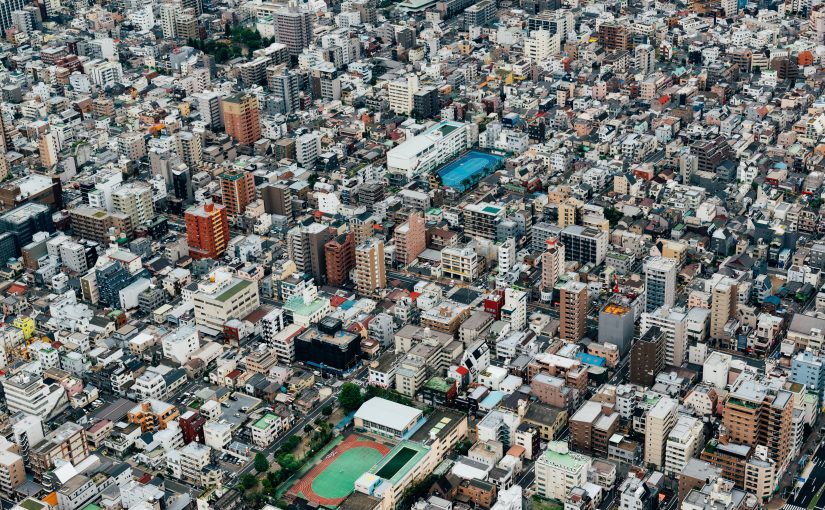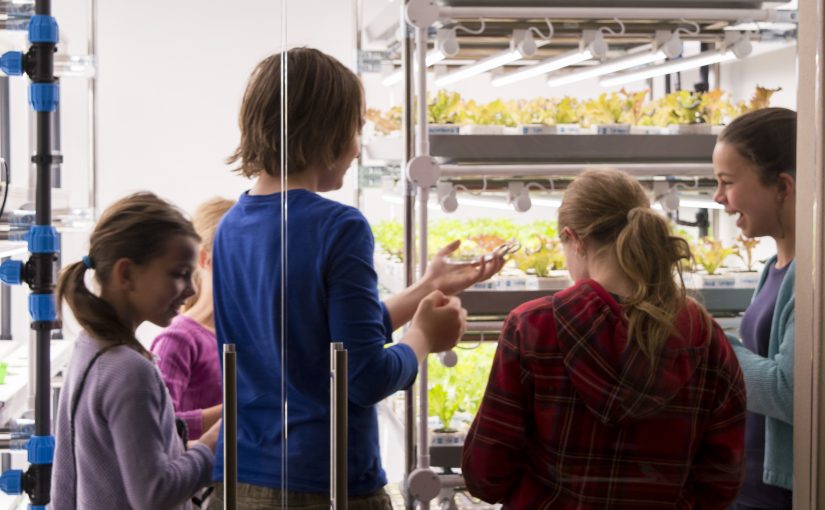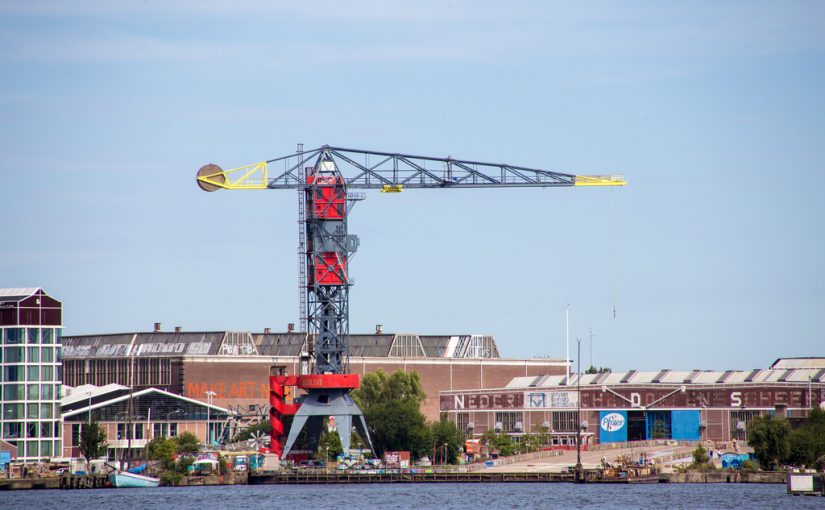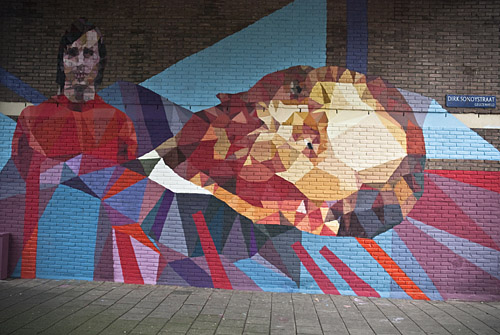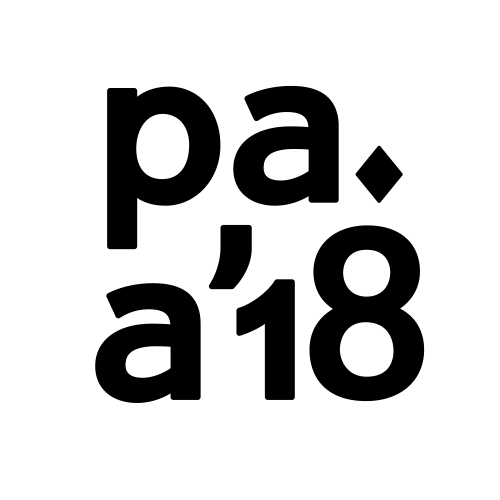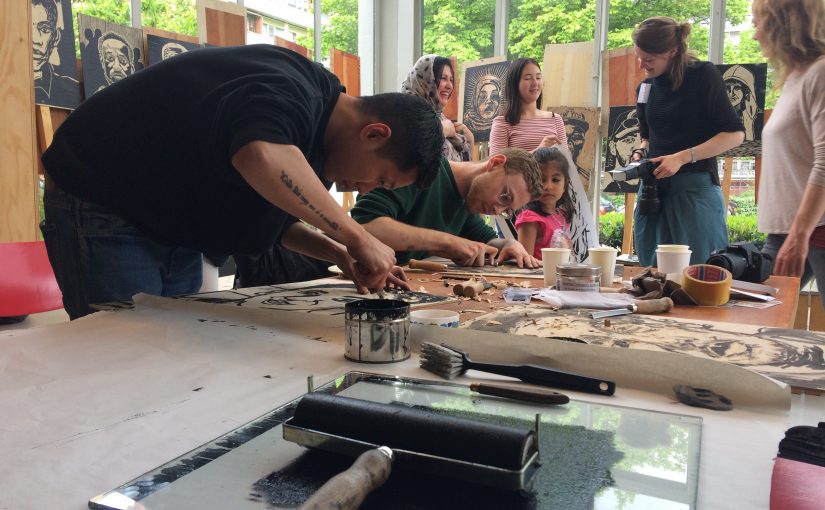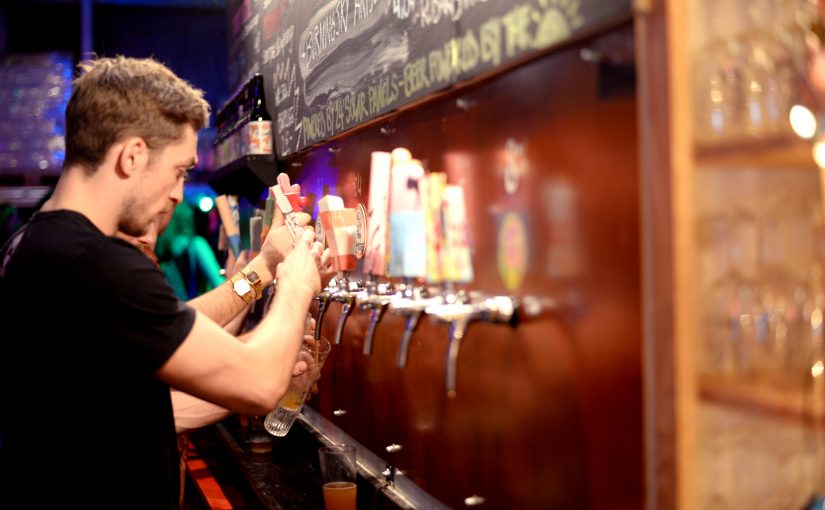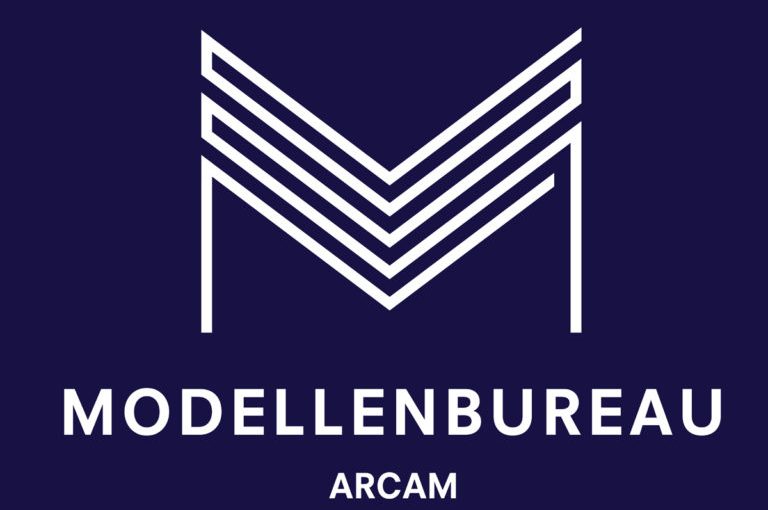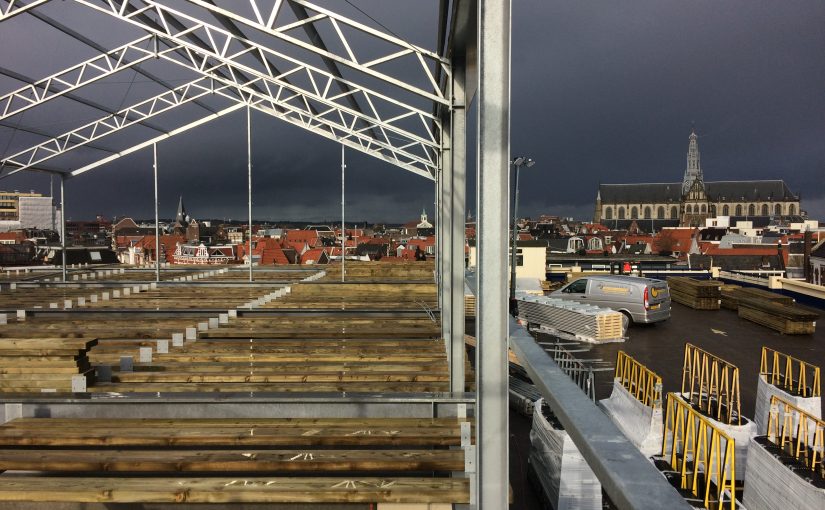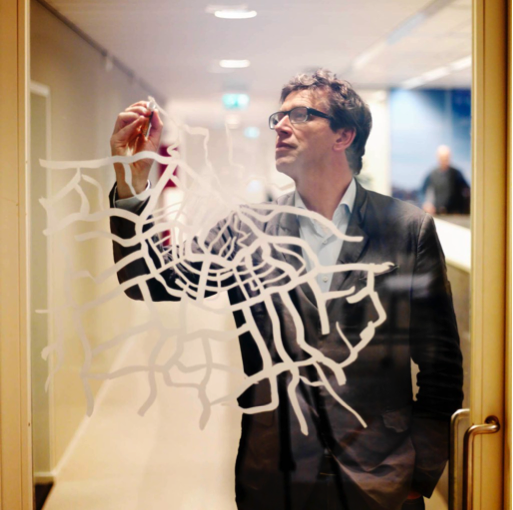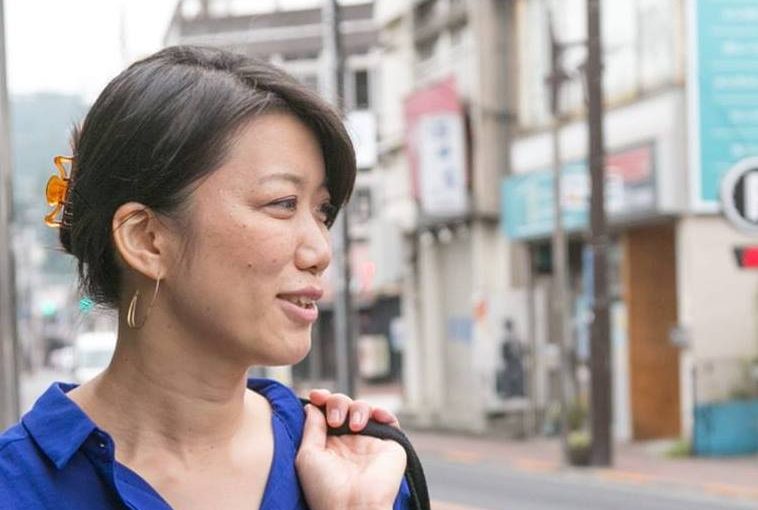Symposium on Housing, Living, and Mobility in a Post-Growth Megacity
A symbiosis of large-scale transformation and small-scale intervention is becoming the new feature of global capitals in developed countries.
Living cities are constantly transforming. While historically the cause and dynamic of this transformation varies per city, globalization has gradually changed site-specific factors into more common, comparable elements. Every major city in every country is involved in an international competition to attract investment, international companies and young, high-quality human resources, while most mature developed societies face an ageing population and rapid urbanization. This global dynamic has become undeniable and is a substantial cause for the physical and social transformation of cities. We are not here to criticize this dynamic. Our concern is to make the best of the situation.
A symbiosis of large-scale transformation and small-scale intervention is becoming the new feature of global capitals in developed countries. With its extreme concentration of population and economic and political activity and its extreme level of ageing, Tokyo forms a fascinating urban laboratory with which to investigate and understand the current trend. In this symposium, we have invited Tokyo-based specialists – academics and practitioners – to give a comprehensive explanation of these symptoms of Tokyo’s transformation and of the ways in which the government, companies and citizens manage its urban future. Amsterdam, a small global city with 2.5 million inhabitants, can learn by examining Tokyo, the world’s biggest city with 38 million inhabitants, and can draw inspiration for new ways of dealing with practical, local knowledge through holistic intervention in a high-dynamic urban fabric under the pressure of globalization.
New Tokyo Story is made possible by the University of Amsterdam – Centre for Urban Studies, Amsterdam Economic Board, Amvest, Arcadis, BAM, Gemeente Amsterdam (Wonen en Ruimte & Duurzaamheid), Gemeente Almere, Gemeente Zaanstad, De Alliantie, De Key, Provincie Noord-Holland, GVB en Pakhuis de Zwijger.
